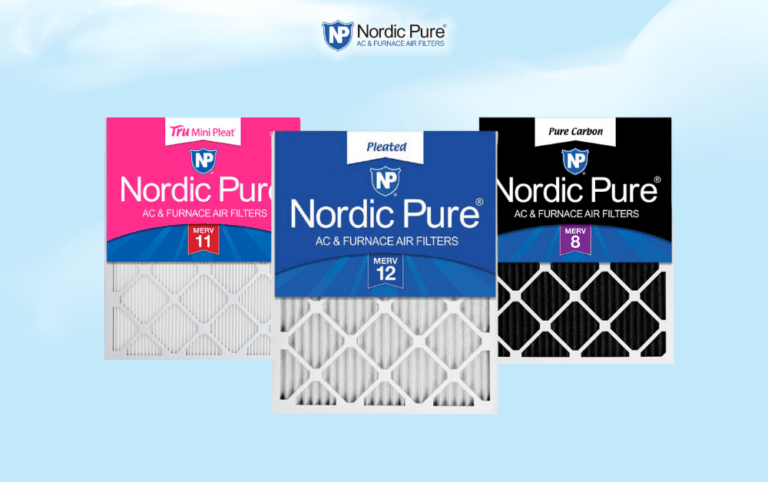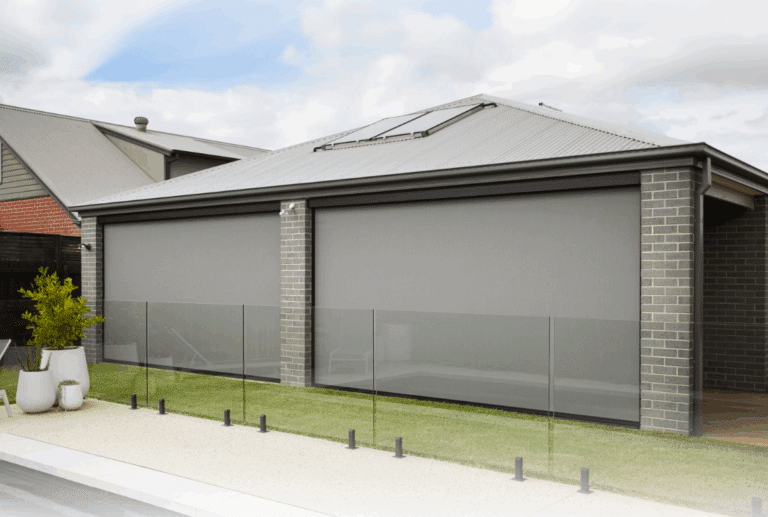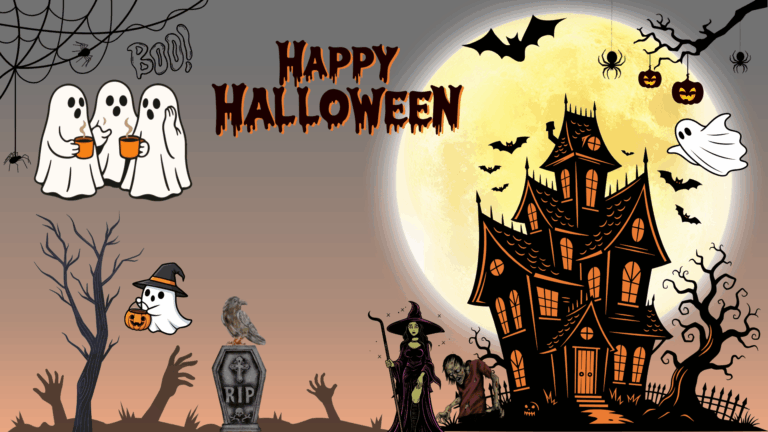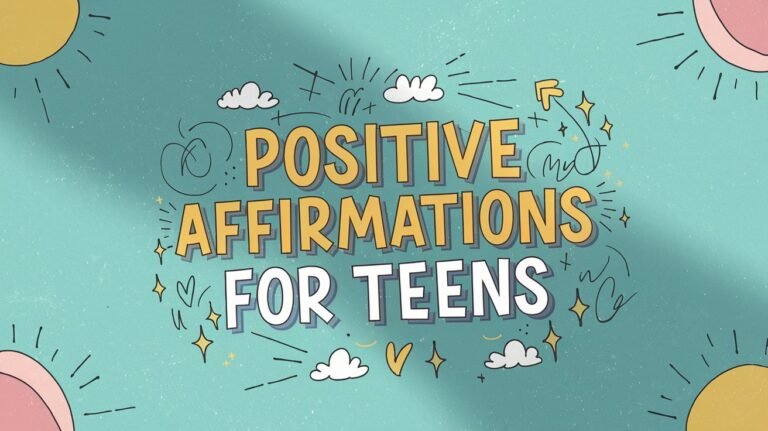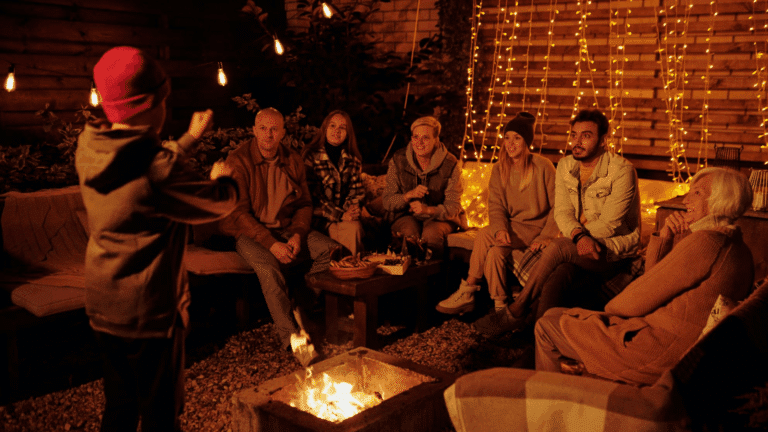Reading becomes much easier when people understand how words are built, yet many struggle with closed syllable patterns that form the foundation of English spelling.
Teachers and parents often find it challenging to explain these concepts clearly to students.
This blog post promises to simplify closed syllable words with practical examples and clear explanations.
Readers will get closed syllable words examples with easy lists, helpful patterns, and tips that make identifying these essential word structures straightforward for learners of all ages.
What are Closed Syllables and Their Importance?
Closed syllables trap vowels between consonants, creating short vowel sounds like the ‘a’ in ‘cat’ or ‘i’ in ‘sit’. This fundamental concept shapes how children first learn to decode written language.
Learning about closed syllables lays a strong foundation for literacy. When young readers understand this concept, they find it easier to decode new words.
Key benefits include:
- Decoding Skills: Children speak words more accurately
- Fluency Growth: Recognition speed increases with practice
- Writing Success: Correct spelling becomes more intuitive
- Confidence Building: Students feel capable when facing new texts
Difference Between Open vs Closed Syllables
| Aspect | Open Syllables | Closed Syllables |
|---|---|---|
| Structure | End with a vowel sound | End with a consonant sound |
| Vowel Sound | Long vowel sound (says its name) | Short vowel sound (quick and clipped) |
| Examples | me, go, hi, we, no | cat, dog, sun, bed, top |
| Common Patterns | CV (consonant-vowel) like ‘be’ | CVC (consonant-vowel-consonant) like ‘bat’ |
| Word Position | Often found at word endings | Frequently appear in single-syllable words |
Basic Closed Syllables Words Examples for Early Readers
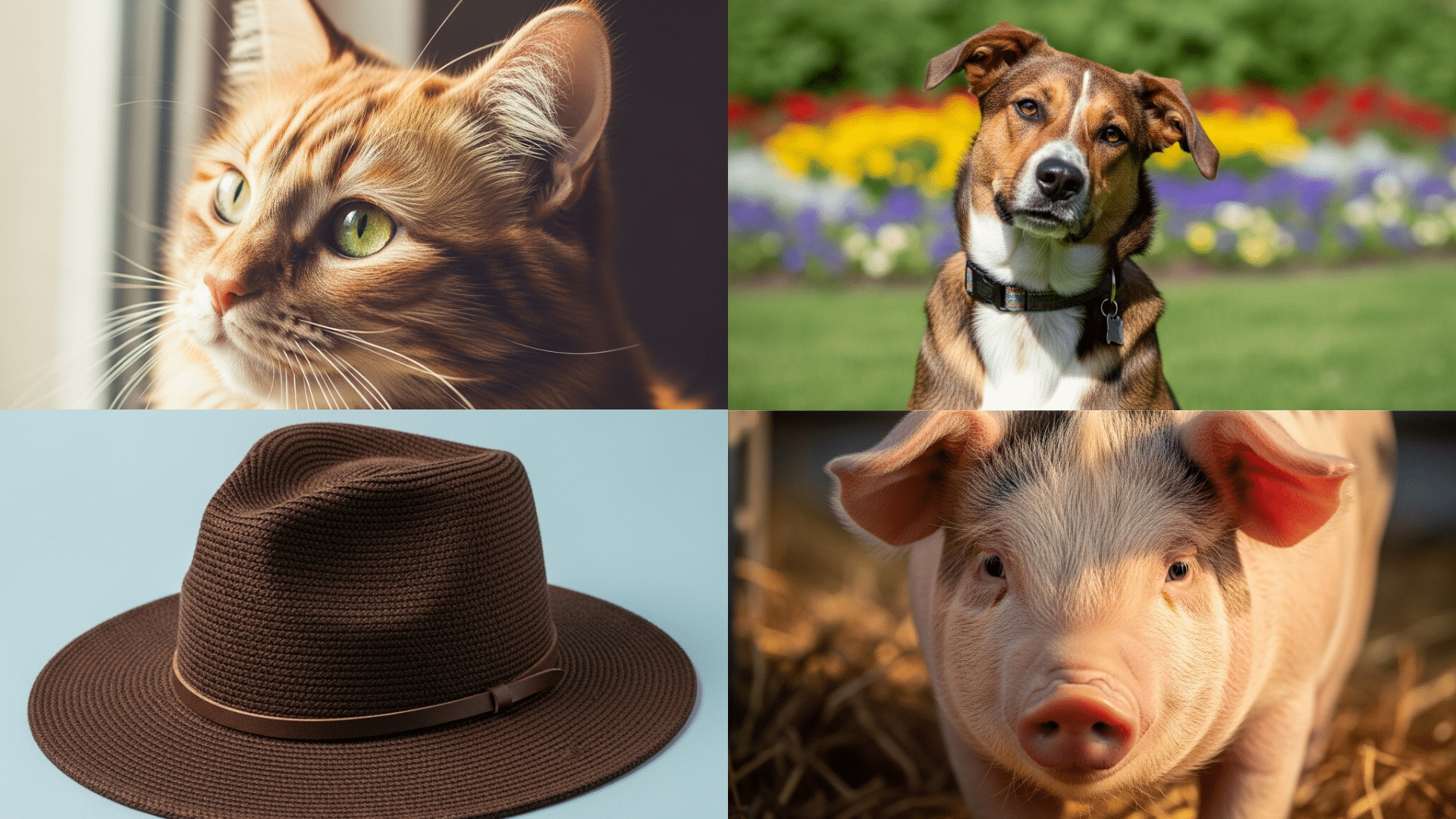
This collection features simple and straightforward words perfect for those just beginning to read. Mastering these foundational words helps build confidence in recognizing closed syllable patterns.
1. Cat
2. Dog
3. Hat
4. Pig
5. Bed
6. Net
7. Bug
8. Ten
9. Lip
10. Red
11. Van
12. Cub
13. Win
14. Dot
15. Mop
16. Fan
17. Jam
18. Run
19. Cap
20. Job
21. Lid
22. Gum
23. Sun
24. Mud
25. Pot
26. Bag
27. Bus
28. Zip
29. Rug
30. Map
31. Web
32. Pen
33. Fix
34. Rod
35. Box
36. Tap
37. Sit
38. Fig
39. Mix
40. Hen
41. Log
42. Kid
43. Leg
44. Kit
45. Wax
46. Yak
47. Bib
48. Fin
49. Dip
50. Tub
51. Bun
52. Hop
53. Kin
54. Nab
55. Zap
56. Sob
57. Hub
58. Rib
59. Wig
60. Pup
61. Sag
62. Hum
63. Wit
64. Rap
65. Rag
66. Jot
67. Mob
68. Cud
69. Vet
70. Dam
71. Bud
72. Nip
73. Cob
74. Pan
75. Dab
76. Pit
Intermediate Level Closed Syllables

Here, the words become a bit more complex with consonant blends and clusters at the end or middle of the syllable.
These examples challenge learners to identify multiple consonant sounds working together while still following the closed syllable rule.
77. Belt
78. Milk
79. Hand
80. Lamp
81. Silk
82. Pond
83. Jump
84. Tent
85. Bench
86. Crisp
87. Chant
88. Quest
89. Shelf
90. Lump
91. Blend
92. Plank
93. Thump
94. Print
95. Tract
96. Clamp
97. Chunk
98. Script
99. Snag
100. Bluff
101. Branch
102. Drift
103. Clump
104. Grind
105. Blast
106. Frost
107. Trust
108. Grant
109. Grunt
110. Glint
111. Smash
112. Stump
113. Flask
114. Twist
115. Grasp
116. Scrap
117. Tramp
118. Craft
119. Skimp
120. Scamp
121. Prompt
122. Stomp
123. Slump
124. Trend
125. Flick
126. Track
127. Snuff
128. Clutch
129. Scuff
130. Cramp
131. Blink
132. Slant
133. Snub
134. Spank
135. Slush
136. Squint
137. Scruff
138. Patch
139. Twitch
140. Crunch
141. Stint
142. Brisk
143. Plump
144. Wreck
145. Brunt
146. Stack
147. Clasp
148. Dwelt
149. Shred
150. Draft
151. Drench
152. Prong
153. Brag
154. Chomp
155. Crust
156. Quench
157. Blunt
158. Trunk
159. Swamp
160. Swish
161. Glimpse
162. Blush
163. Flinch
164. Crimp
165. Clench
Advanced Closed Syllables with Common Real-Life Uses
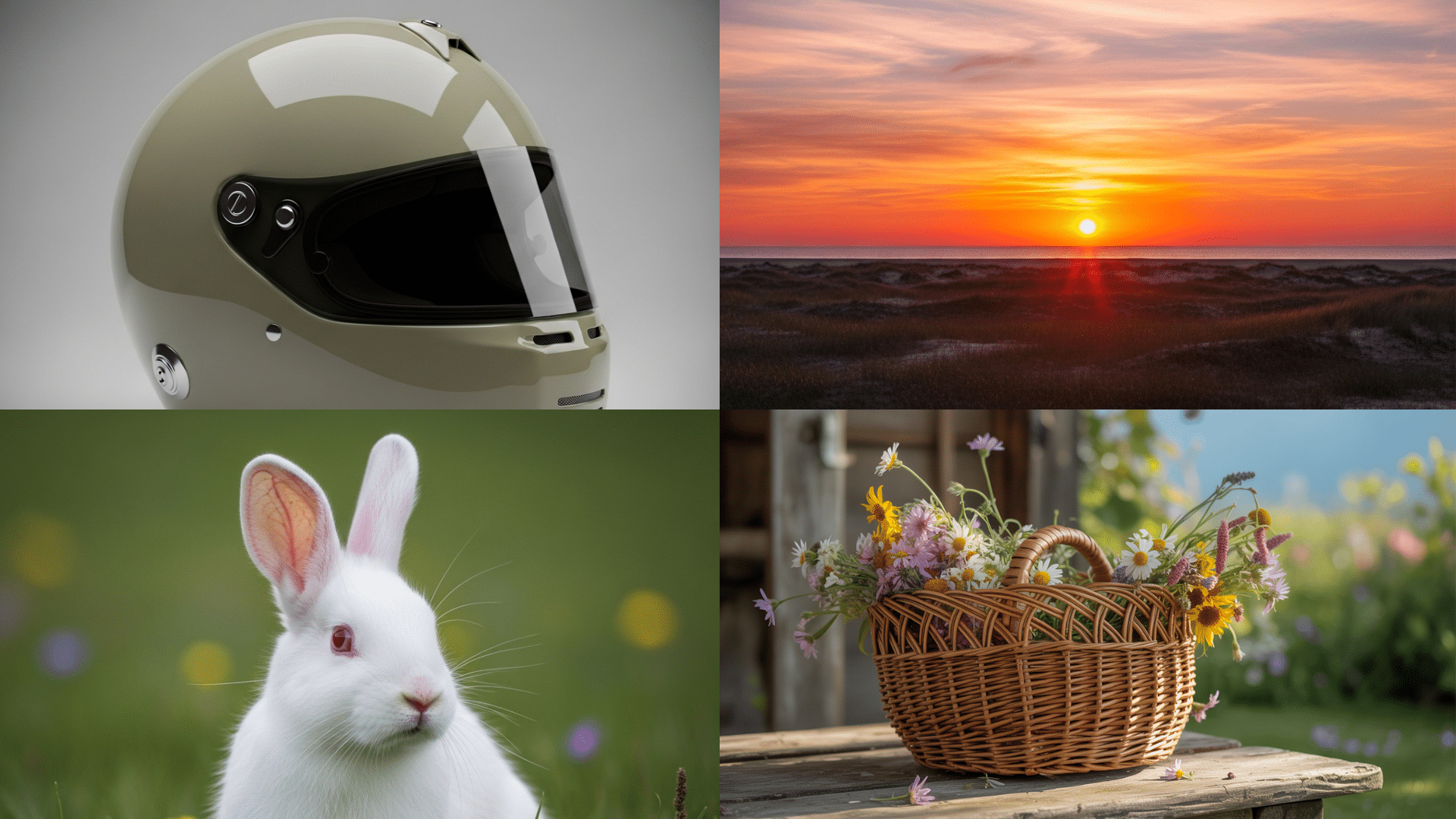
This group includes longer and more refined words commonly used in everyday conversation and writing.
166. Invest
167. Indent
168. Submit
169. Contact
170. Magnet
171. Picnic
172. Cotton
173. Basket
174. Helmet
175. Planet
176. Rabbit
177. Sunset
178. Trumpet
179. Dentist
180. Goblet
181. Velvet
182. Credit
183. Puppet
184. Closet
185. Insect
186. Summit
187. Wallet
188. Napkin
189. Tunnel
The Bottom Line
Mastering closed syllables evolves how students approach reading and spelling challenges by laying a strong foundation for lifelong literacy.
The patterns covered in the blog give learners the confidence to tackle new words independently, making complex reading tasks more manageable.
When teachers incorporate closed syllable word examples into instruction, students naturally develop stronger phonics skills, which helps turn struggling readers into confident ones.
Ultimately, the time invested in learning these concepts leads to improved reading fluency and greater spelling accuracy.




